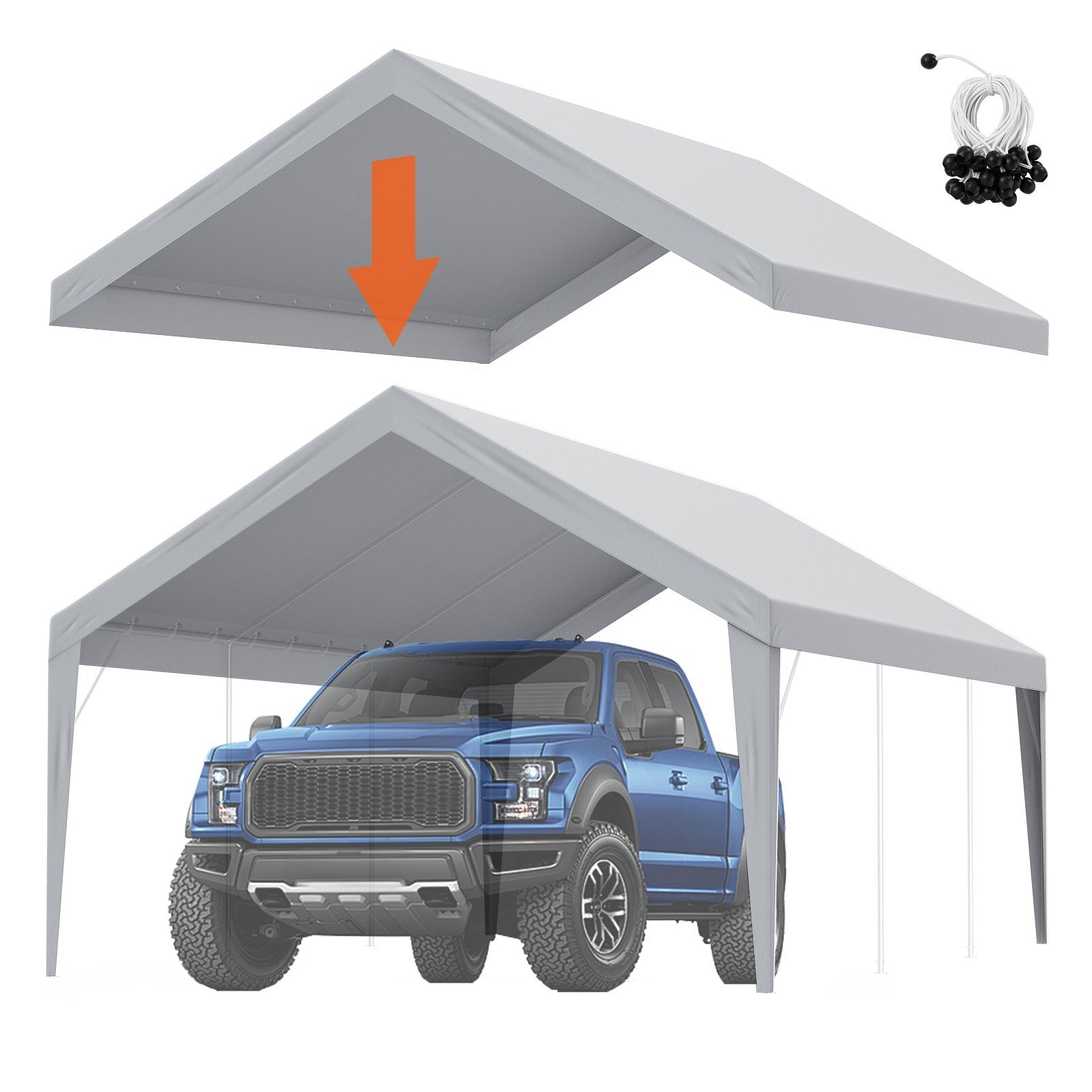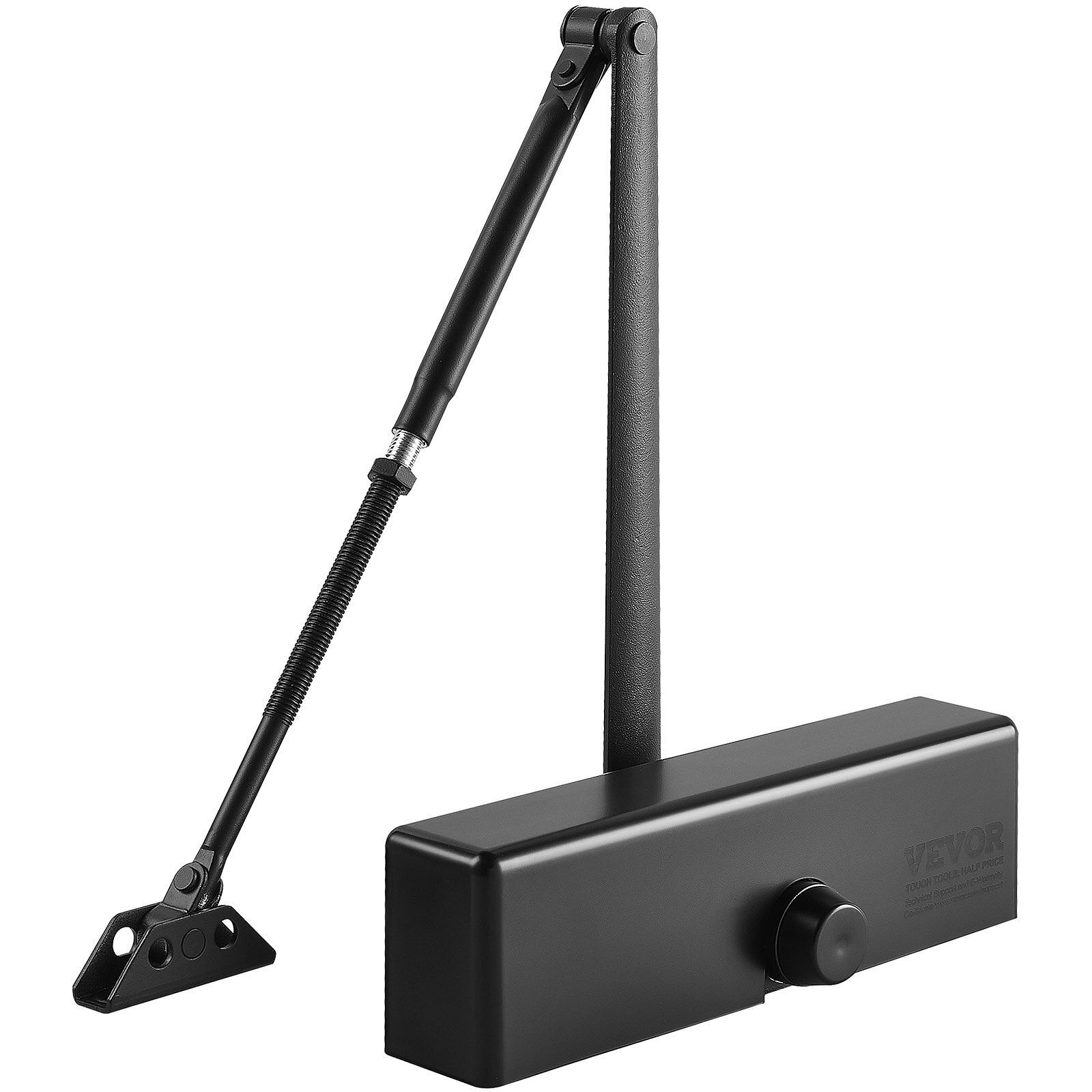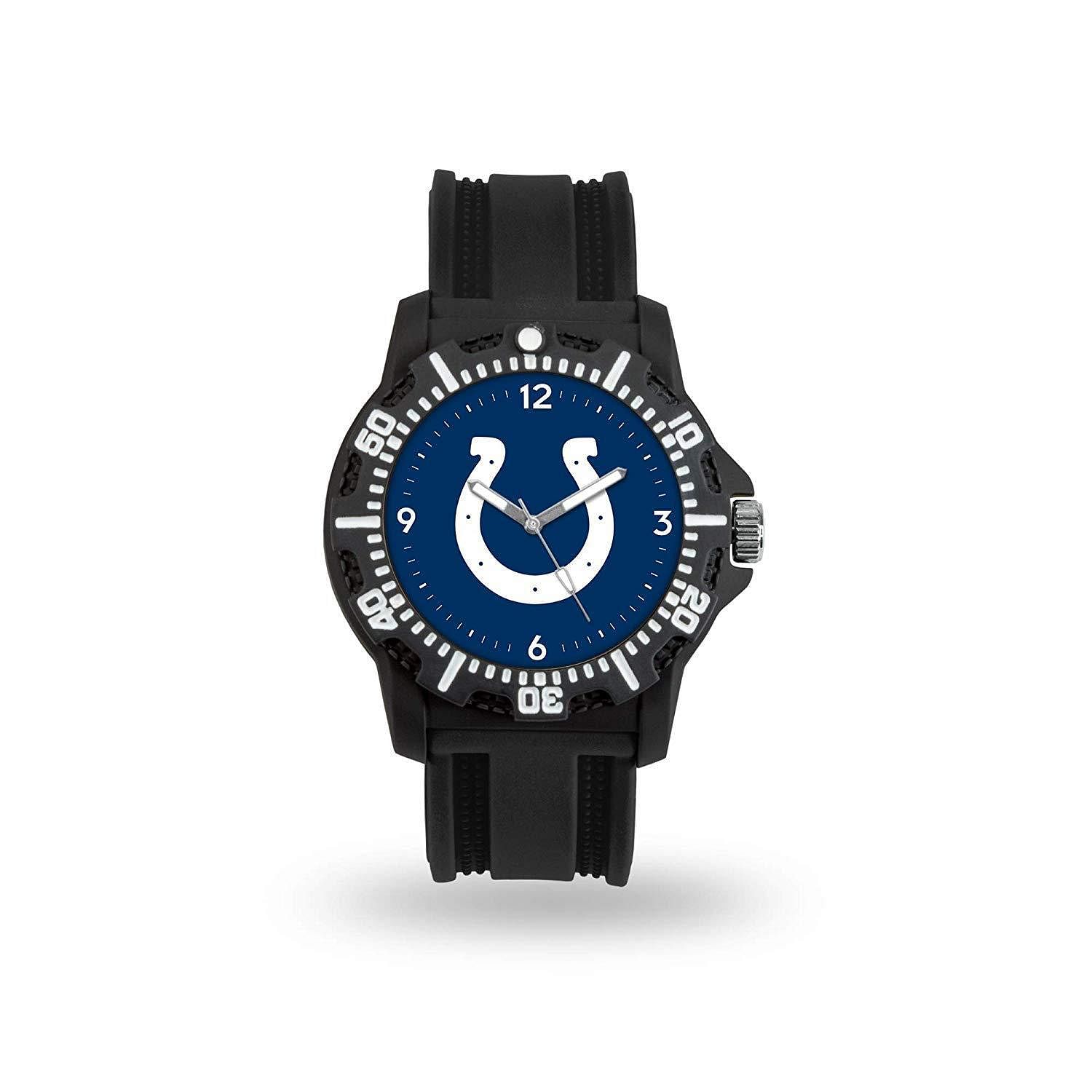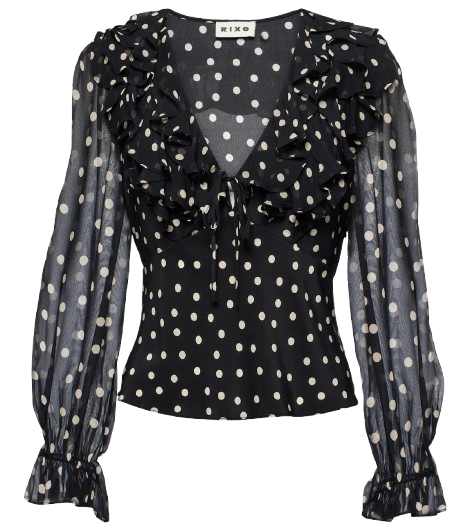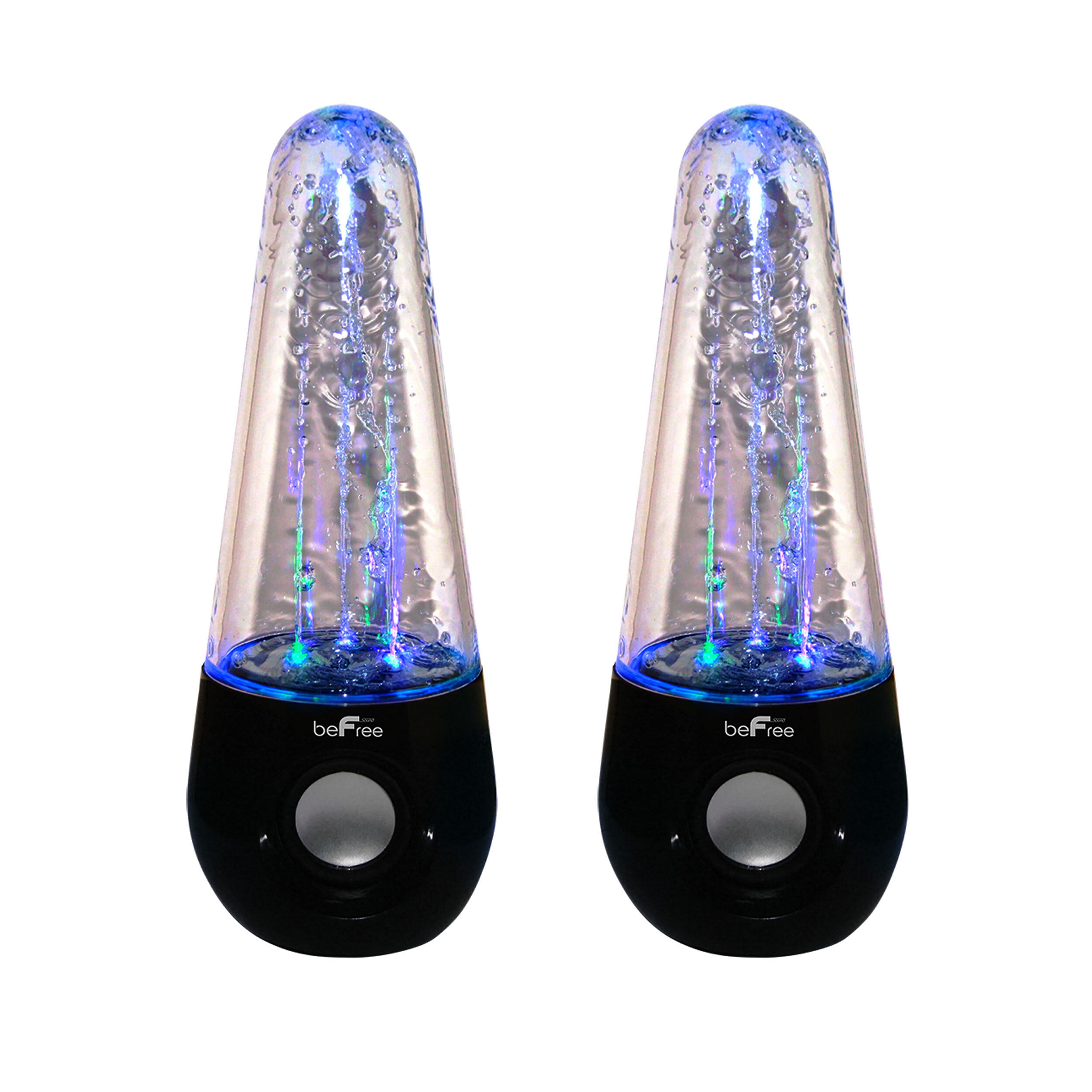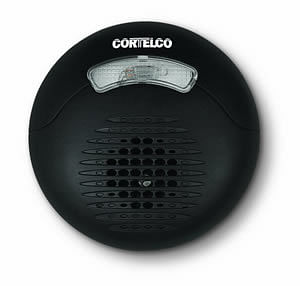
How to Price Wholesale Products for Maximum Profit
Pricing is one of the most critical aspects of running a successful wholesale business. Set your prices too low, and you risk losing profit; set them too high, and you may scare away potential buyers. Striking the right balance requires understanding your costs, market demand, and competitive landscape. Here's a step-by-step guide to help you maximize your profit through strategic pricing.
1. Calculate Your Costs Accurately
Before setting any price, you need a clear understanding of your total costs:
o Product Cost: The price you pay to your supplier.
o Shipping & Handling: Expenses related to delivery from the supplier to your warehouse.
o Import Duties & Taxes: Any customs or import fees.
o Storage & Warehousing: Costs associated with storing inventory.
o Packaging: Materials and labor involved in packaging.
o Operational Expenses: Overhead costs such as labor, utilities, and marketing.
Tip: Keep detailed records to ensure your cost calculations are precise.
2. Understand Your Market & Competitors
Research what your competitors are charging for similar products:
o Visit their websites or catalogs.
o Analyze their pricing strategies.
o Identify their value propositions (quality, brand reputation, added services).
This helps you determine a competitive yet profitable price point.
3. Determine Your Desired Profit Margin
Decide on the profit margin you want to achieve:
o Wholesale margins typically range from 10% to 50%, depending on the industry.
o Consider your target market, product demand, and competitive landscape.
Example: If your total cost per unit is $10 and you aim for a 30% profit margin, your selling price should be around $14.
4. Price Strategically Using Markup or Margin
o Markup Pricing: Adding a percentage markup on cost.
Example: Cost = $10, markup = 50%, Price = $15.
o Gross Margin Pricing: Setting prices based on desired profit margin.
Example: Cost = $10, desired margin = 30%, Price = $14.29.
Choose the method that aligns best with your business model.
5. Consider Value-Based Pricing
Beyond costs and competition, consider the perceived value of your product:
o Does it offer unique features?
o Is it of higher quality?
o Does it come with excellent customer service?
Pricing based on value can justify higher prices and boost margins.
6. Test and Adjust Your Prices
Start with an initial price, then monitor your sales:
o If products sell quickly, consider slight price increases.
o If sales are slow, evaluate whether your prices are too high or if your marketing needs improvement.
Regularly review your pricing strategy to adapt to market changes.
7. Offer Tiered Pricing or Discounts
Encourage bulk purchases with discounts:
o Volume discounts for larger orders.
o Seasonal or promotional discounts to attract new buyers.
This can increase order size and overall profit.
Final Tips:
o Avoid Undercutting: While competitive pricing is important, undervaluing your products can erode profit margins.
o Build Relationships: Strong relationships with your buyers allow for negotiated pricing or special deals.
o Stay Informed: Market conditions, supply chain costs, and customer preferences change—adjust your prices accordingly.
By carefully analyzing your costs, understanding your market, and strategically setting your prices, you can maximize profit while maintaining a competitive edge.











